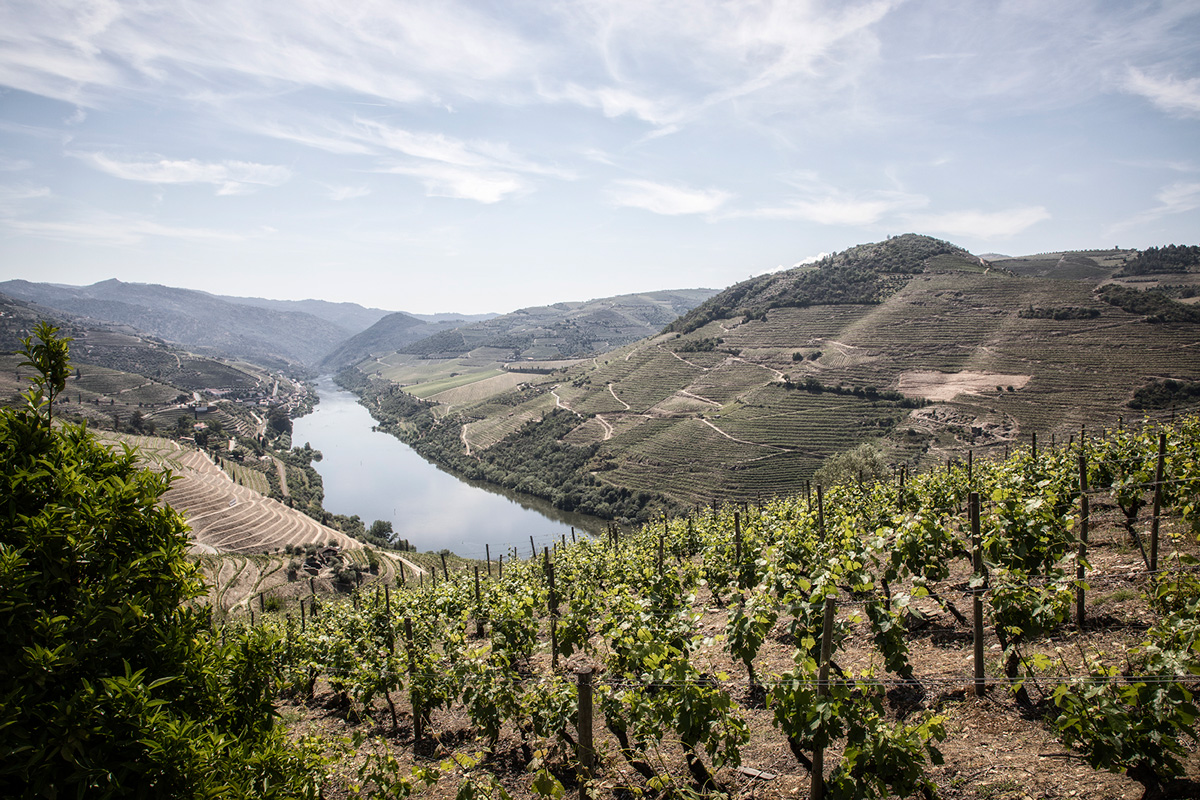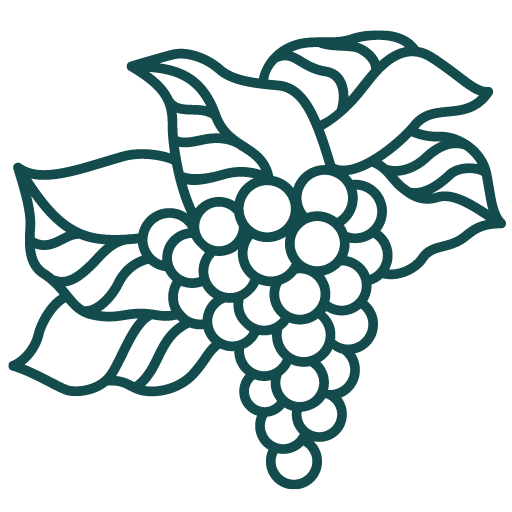
Wine Culture Magazine

Photo courtesy of Instituto dos Vinhos do Douro e do Porto
For centuries, producers in the Demarcated Douro Region have been renowned for Port, a fortified wine with Protected Designations of Origin status (in Portuguese, Denominação de Origem Protegida) that is unequalled in the world and an iconic representation of the best that Portugal can offer.
In recent decades, however, it has become clear that the Douro Demarcated Region also has the potential to produce full-fermentation DOP Douro red, white and rosé wines of the highest quality. Thanks to the distinctive character of this winegrowing region, these still wines are positioned to be the most intense and complex in Portugal.
In plots that stretch to the horizon, often marked by olive trees, vineyards are planted in terraces carved out of the steep slopes of the Douro River. Soils here are mostly schist, but also granite, providing the ideal conditions for ripening the grapes: the vines’ roots vines must search deep in the rocky layers for scarce drops of water; meanwhile, the schist absorbs daytime heat and radiates it at night. It is so difficult to cultivate the rocky soils of the Douro that only 17 per cent of the region’s area is planted with vines.
The diversity of grape varieties also adds to the unique characteristics of the wine. More than 80 varieties are planted here, and traditionally, many were planted together. The modern move toward planting a single grape variety per plot has made the winegrower’s life easier, for instance, in combatting disease or determining the best time to harvest. But some plots still have the old mixture of grape varieties and many believe that it is from this mix that the singularity of Douro wines is born.
The wineries have also undergone other major transformations to improve production at lower costs. However, alongside this progress, you can still find wineries where the grapes are trodden in traditional stone wine presses known as lagares, sometimes using robotics that mimic human work, with excellent results.
Also affecting the flavours of the wines is the geography and climate of the sub-region where it is grown. The Demarcated Douro Region is divided into three sub-regions: Baixo Corgo, Cima Corgo and Douro Superior.
• The westernmost area, Baixo Corgo, is the coldest and rainiest of the three due to the cooling influence of winds coming from the Atlantic Ocean, which gives rise to wines with a lighter style.
• The Cima Corgo is centred on the small town of Pinhão. Sheltered from maritime influence by the mountains, it accounts for about half the Douro’s vineyard area.
• To the east, toward the Spanish border, the Douro Superior is harsh and isolated, with cold winters and very hot summers. Although it is the biggest of the three regions in land mass, it is the least cultivated, with low yields.
Harsh and extremely beautiful, the Douro Demarcated Region offers extraordinarily favourable conditions for growing vines—and for producing wines of unique character and the highest quality.
Port is a fortified wine produced in the Demarcated Douro Region, under unique conditions derived from natural and human factors. The traditional manufacturing process includes stopping the must’s fermentation by adding grape spirit (benefício or brandy), wine blending and aging in wooden barrels.
Port is distinguished from ordinary wines by several characteristics: an enormous diversity of types with an incomparable richness and intensity of aroma; a very high persistence both in aroma and flavour; a high alcohol content (19 to 22 per cent ABV); a wide range of sweetness; and a great diversity of colours.
Port may be classified into two categories according to the type of aging it undergoes:
• Wines with a fruity character: These are the wines that retain the bright colour and fruity aroma of a young wine, with most aging done in the bottle rather than wooden casks. In this type of wine, in order of increasing quality, one can find: Ruby, Reserve, Late Bottled Vintage (LBV) and Vintage categories.
Vintage Port is a wine of exceptional quality from a single harvest. It must be bottled between the second and third year after harvest, and should be very full bodied and deep red at the time of approval (two years of age). With bottle aging, it becomes soft and elegant, gradually losing its initial astringency. It acquires a balanced, complex and distinctive aroma. Vintage wines that have aged for a few years in bottle are associated with roasted (chocolate, cocoa, coffee, cigar box), spicy (cinnamon, pepper) and, sometimes, fruity aromas.
• Wines with an aged character: These are wines that have matured for a period in wooden casks. Their colour is golden and the aromas are reminiscent of nuts, caramel, dried fruit and wood; the older the wine, the more these characteristics are accentuated. The categories are: Tawny, Tawny with Indication of Age and Colheita.
What can you expect from the still wines of DOP Douro?
Red wines: Rich in colour and aroma, velvety texture, age-worthy.
White wines: Fine, light, fresh, pleasantly acidic and very aromatic.

Vitis is is an indispensable seasonal guide for vintners, sommeliers and weekend imbibers alike that is dedicated to British Columbia’s rapidly evolving wine culture.

Vitis is is an indispensable seasonal guide for vintners, sommeliers and weekend imbibers alike that is dedicated to British Columbia’s rapidly evolving wine culture.
Copyright © 2025 - All Rights Reserved Vitis Magazine